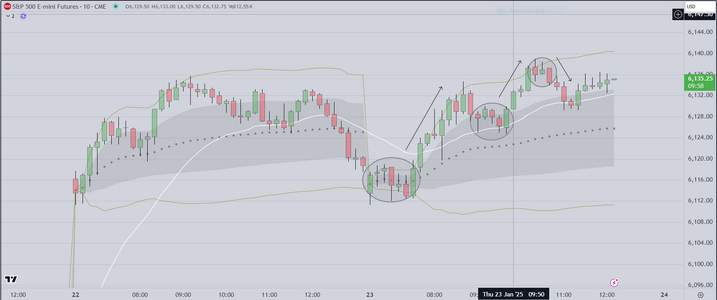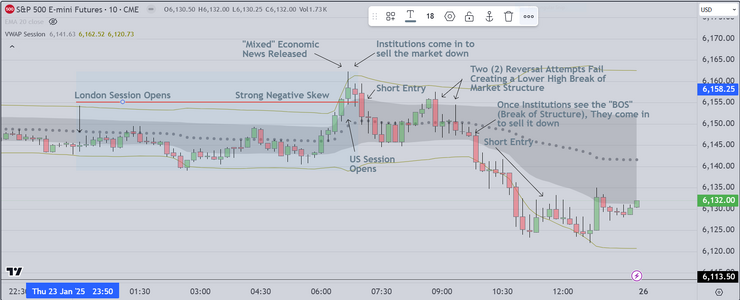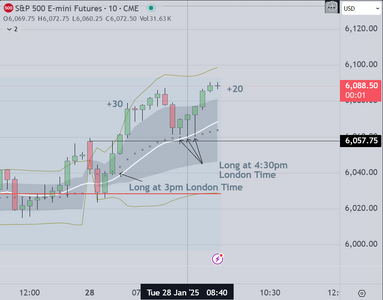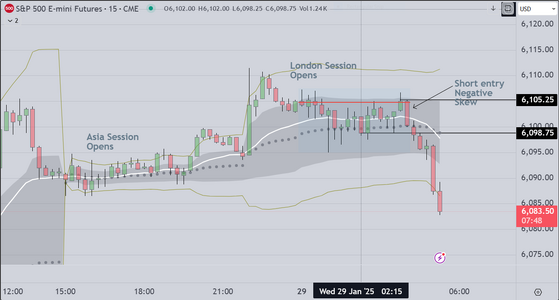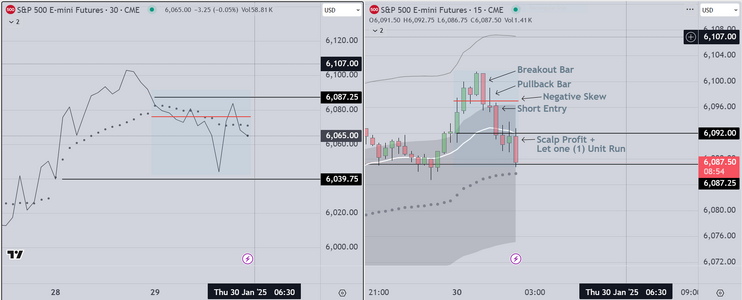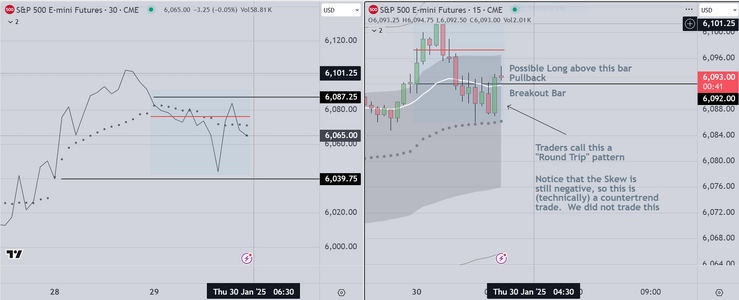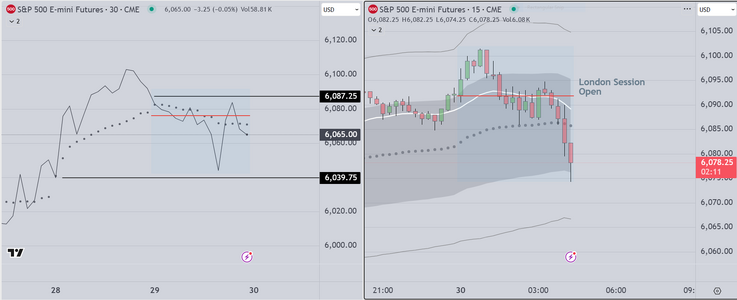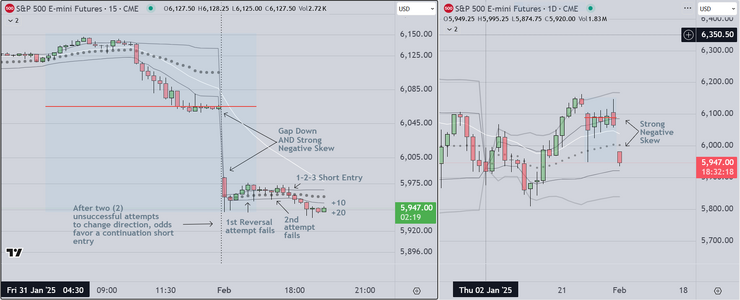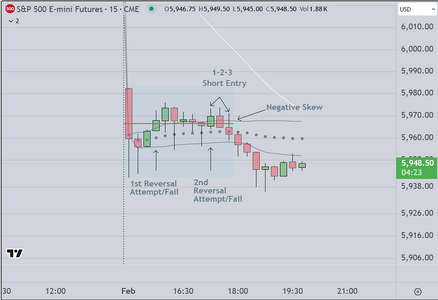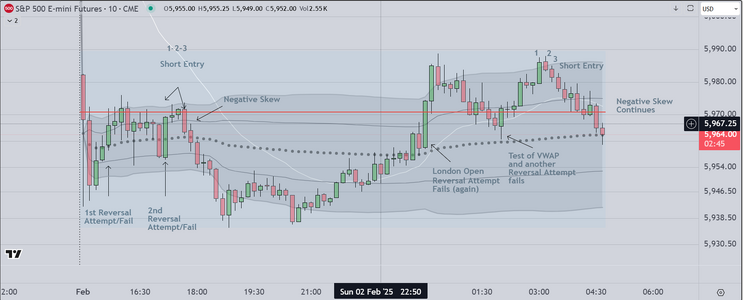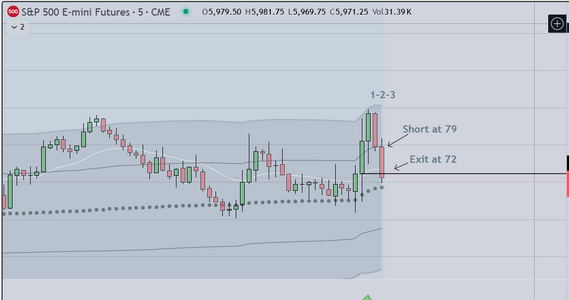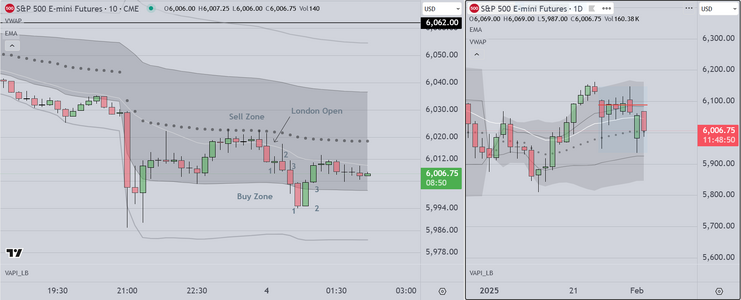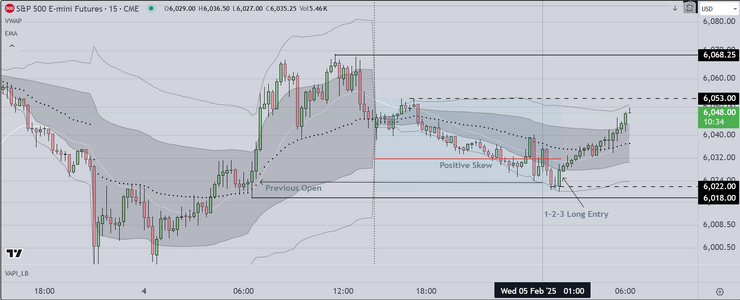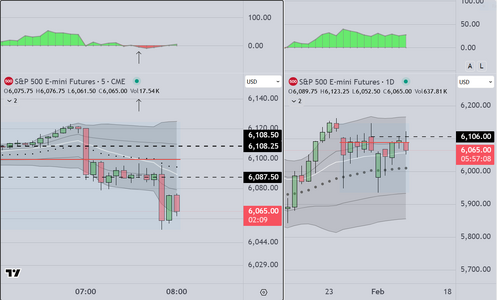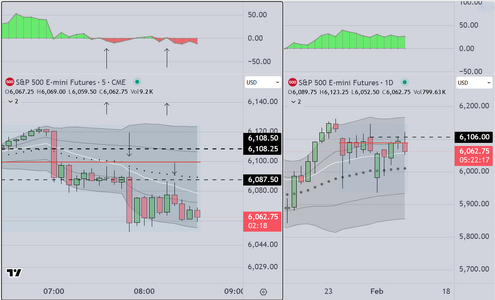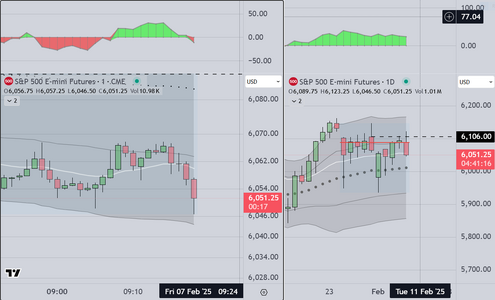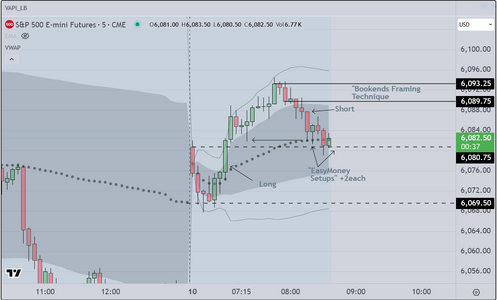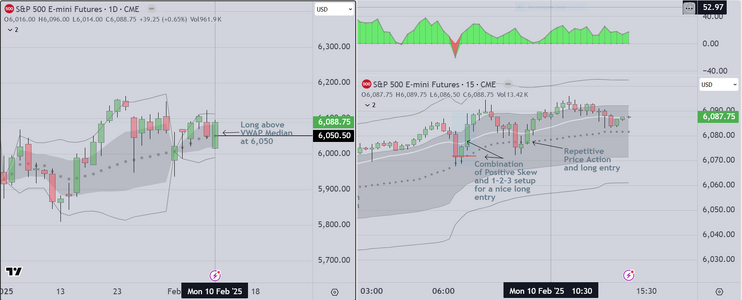Good Morning US Traders/Good Afternoon UK
Today is known by commercial traders as "rebound day"
Top Tier Institutions decided that this would be an opportunity
to buy at a discount, mark the market up and then (presumably)
sell the premium later this month.
As regards use of the basic tools, it was an easy day to trade IF
you took the setups, and held. The basic premise we offer struggling
traders is as follows
1) Find an edge. We have talked about this in detail in previous posts
We use pre-market analysis of the market heavily influenced by response
to economic news, and we bring extensive experience to this subject as well.
Based on this analysis we create multiple tentative scenarios
2) At the open we look for "tells". This term is common to persons who play
the card game poker. In a nutshell, we look for a confluence of several signals
including skew, position of price relative to the VWAP envelope, and the initial
response to economic news (when it occurs). We assume that the initial response
will repeat later during the session (for example, on today's chart we see price
move higher at the VWAP (1st trade) and retest the VWAP later (3 times before
resuming higher).
3) When these planets align, we look for one of the preferred setups (previous posts)
we take a small position, and add on pullbacks, or retests of the point of entry.
On the rare occasions when we train retail traders, we suggest trading sim or
if they wish to risk capital, to trade the Micro contract. The basic approach is
taken from game theory and we model it for them by trading two (2) contracts
initially, relying on our stop. At +3 to + 5 pts, we take profit on one (1) contract
This is called "buying a stop", because it provides the trader with an emotional cushion
as they watch the trade play out. If the trade continues positive, they can simply hold.
If the market retests the entry (as it often does), they have two choices. They can exit
the balance for a profit, or they can add, risking up to breakeven. If the market continues
positive, they can choose when to exit, however we always suggest +10 min on the balance.
We are done for the day

